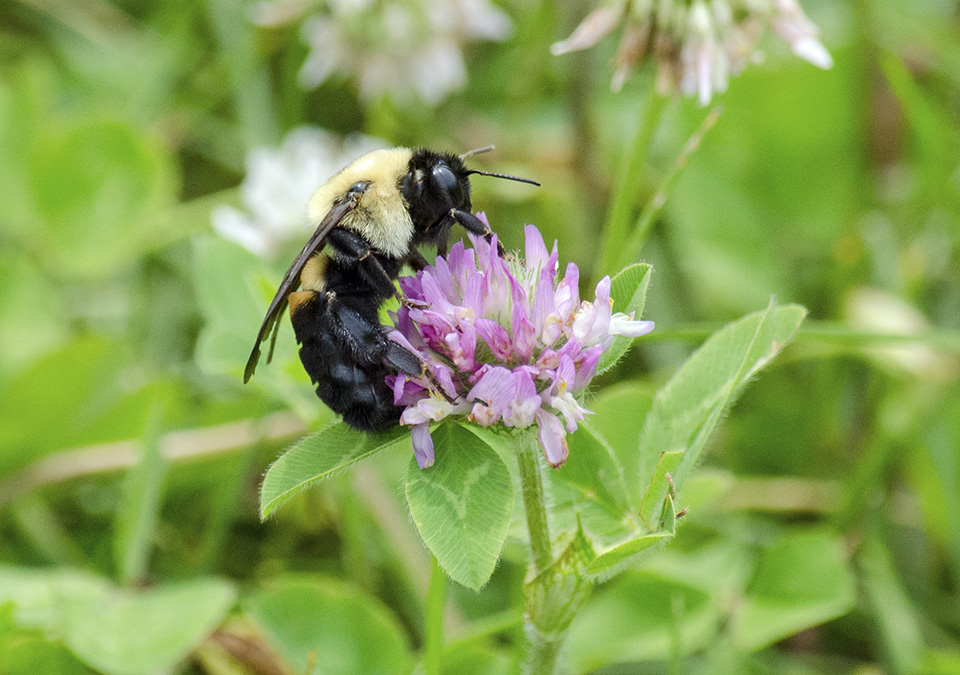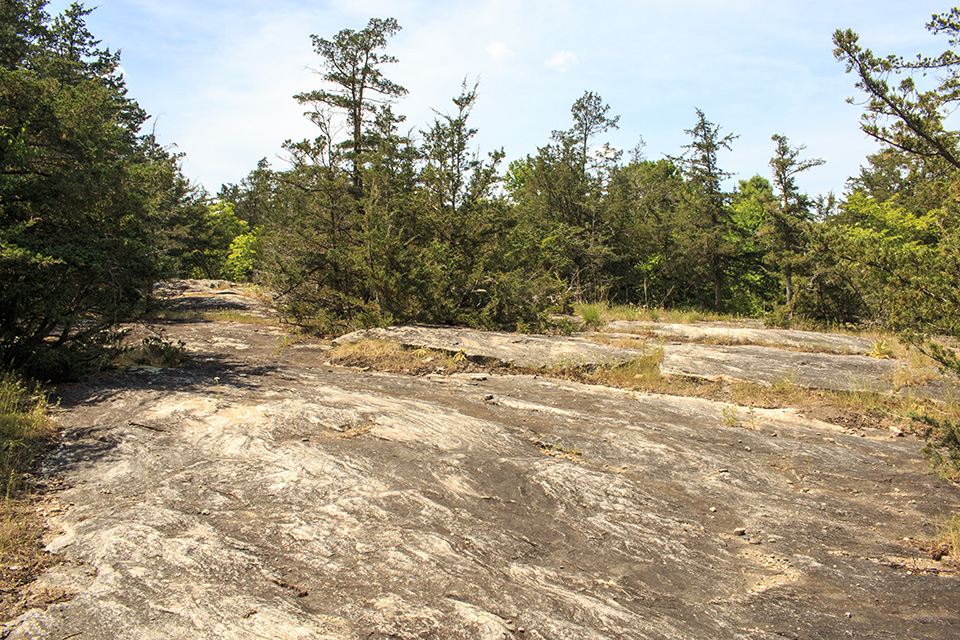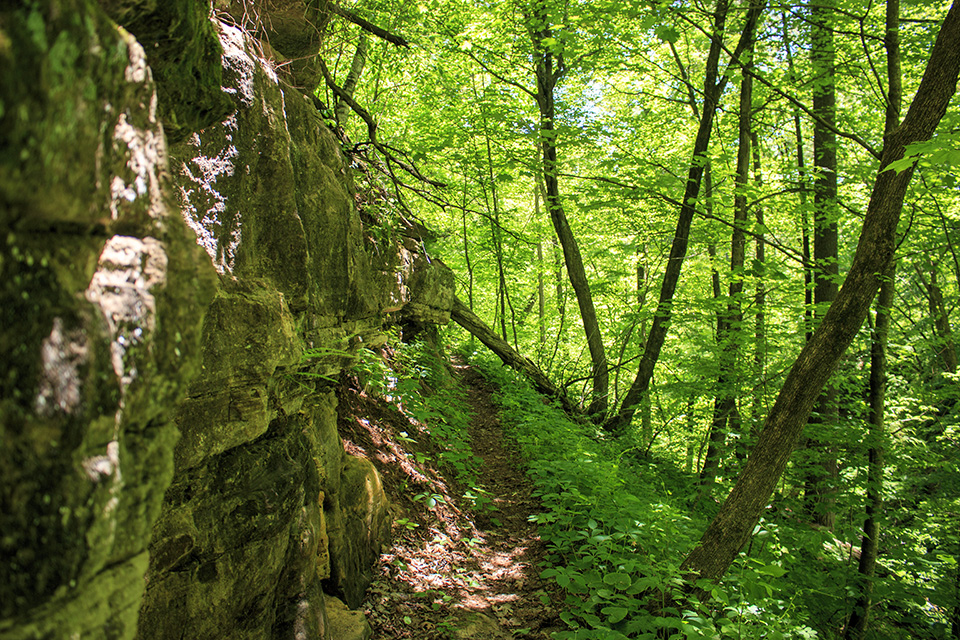Brown-belted bumble bee (Bombus griseocollis) is a small, very common, colonial, ground-nesting bumble bee. It is the second most common bumble bee in eastern North America, after only the common eastern bumble bee. It is less common in Minnesota and the other northernmost states.
Bumble bees are the first bees out in the spring and the last bees out in the fall. Brown-belted bumble bees emerge earlier in the spring than most other bumble bees. They nest in the ground in small colonies of 50 or fewer individuals.
Brown-belted bumble bee is identified by the thorax which is yellow except for a small, round, black spot in the middle; the first abdominal segment is entirely yellow; the second has a single yellow, narrowly U-shaped spot in the middle and a brown band that swoops around the yellow spot; and the remaining are all black.
http://www.minnesotaseasons.com/Insects/brown-belted_bumble_bee.html



